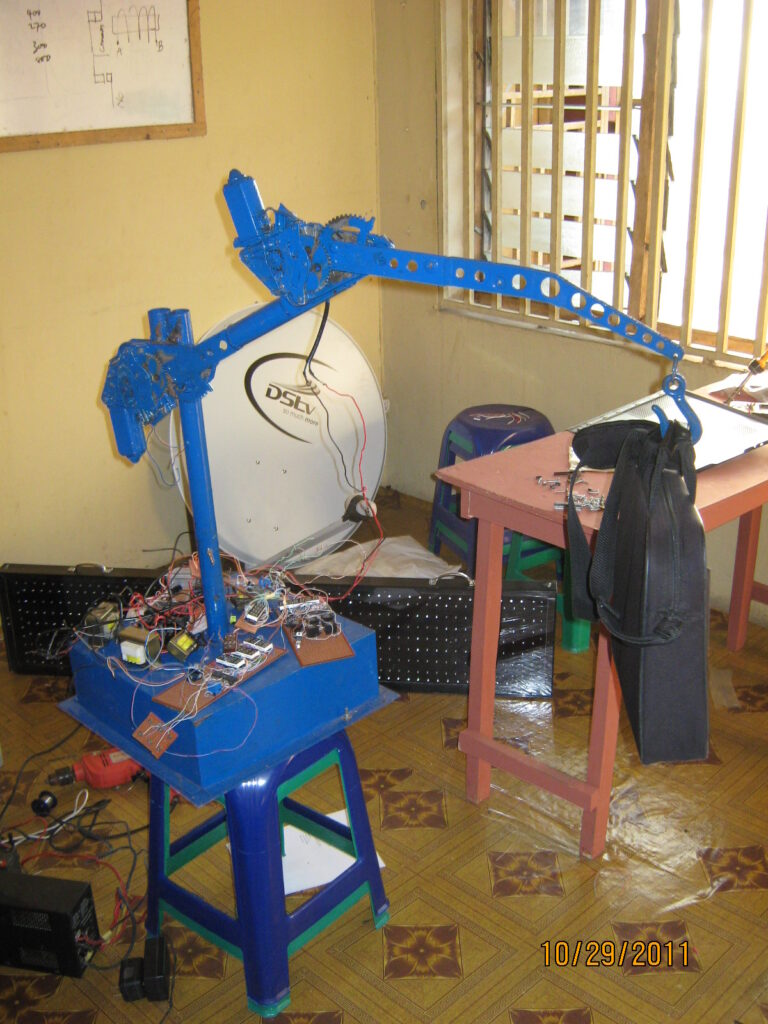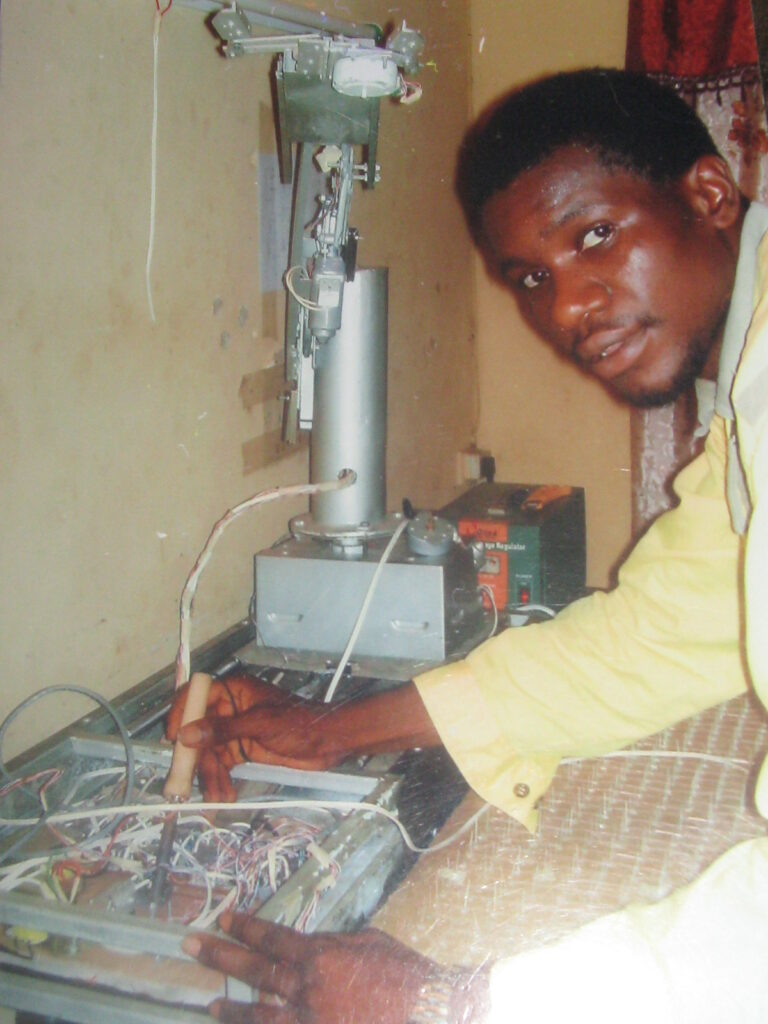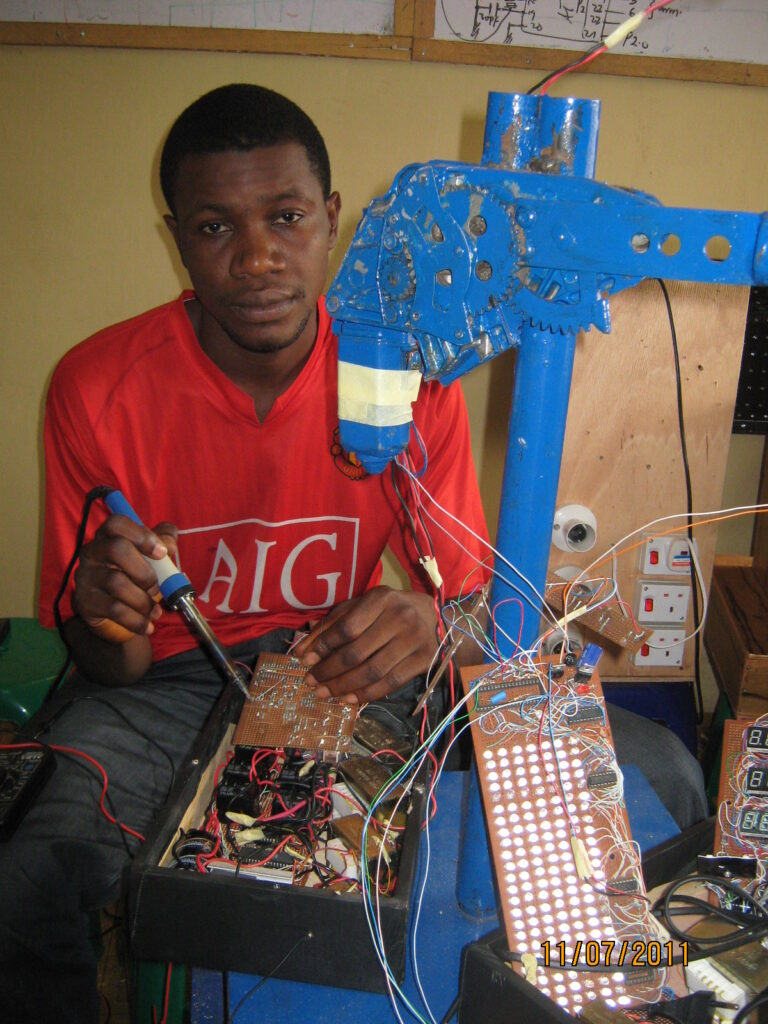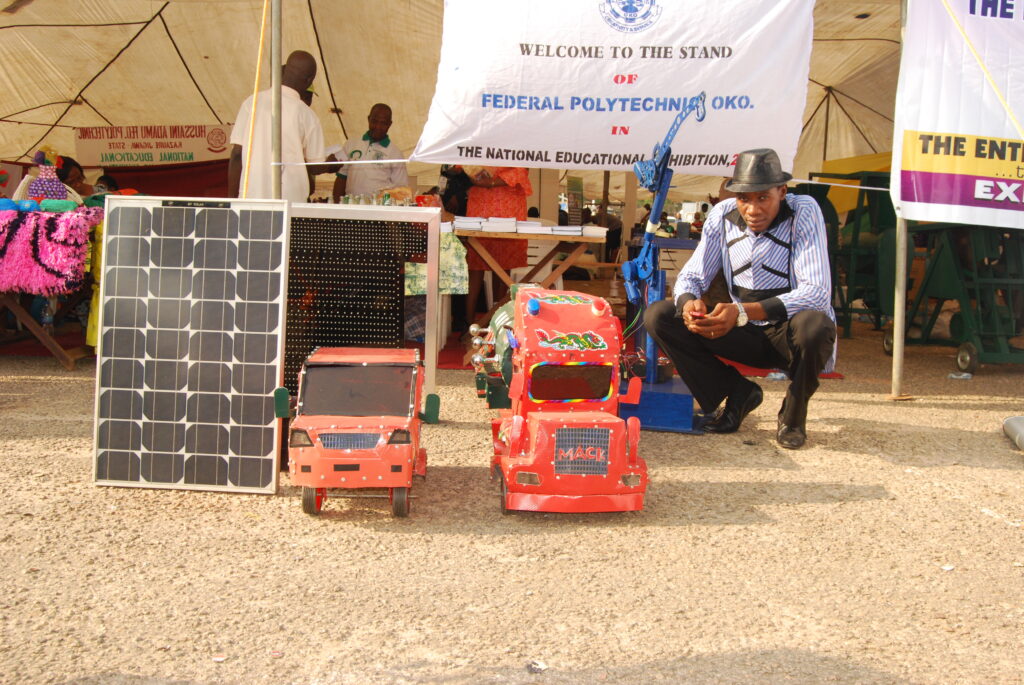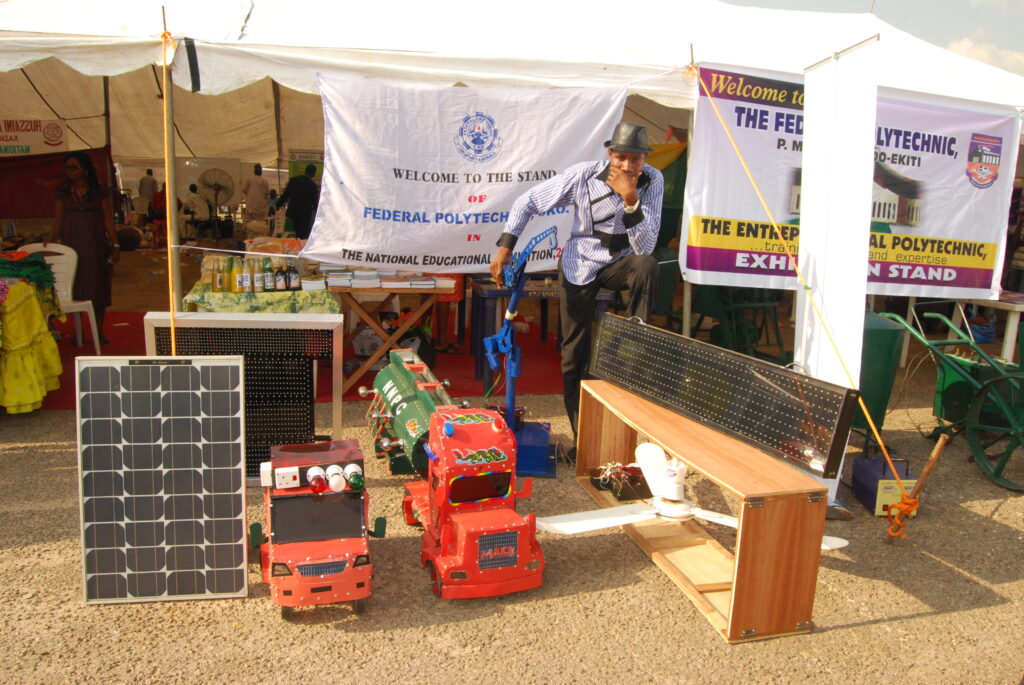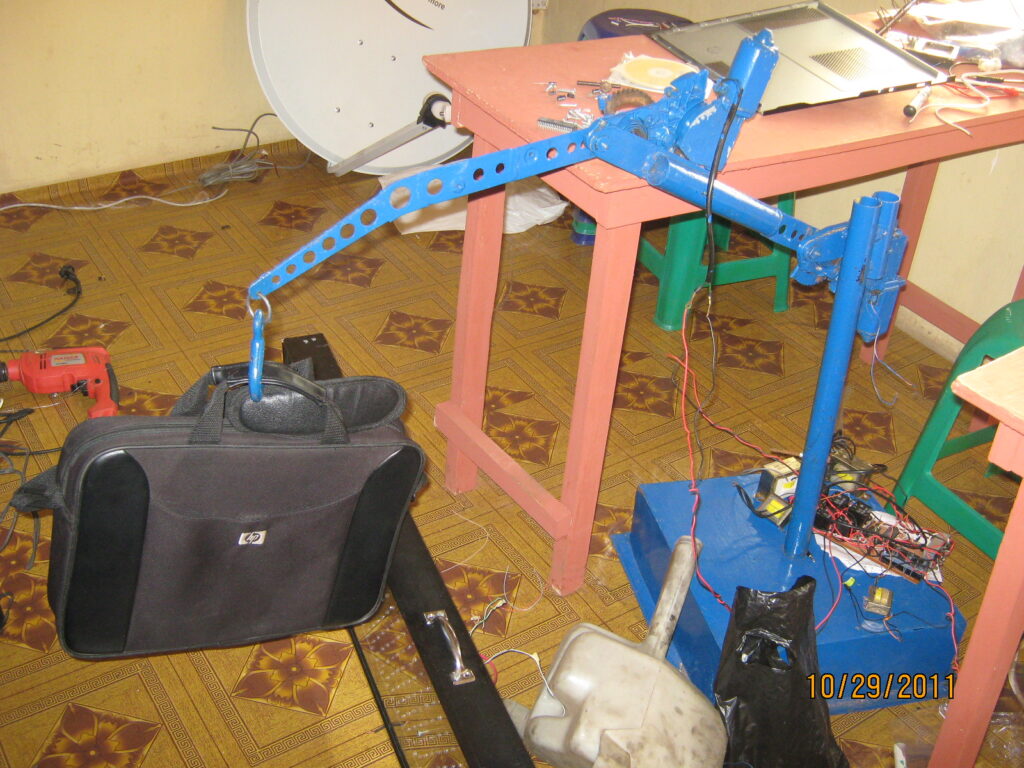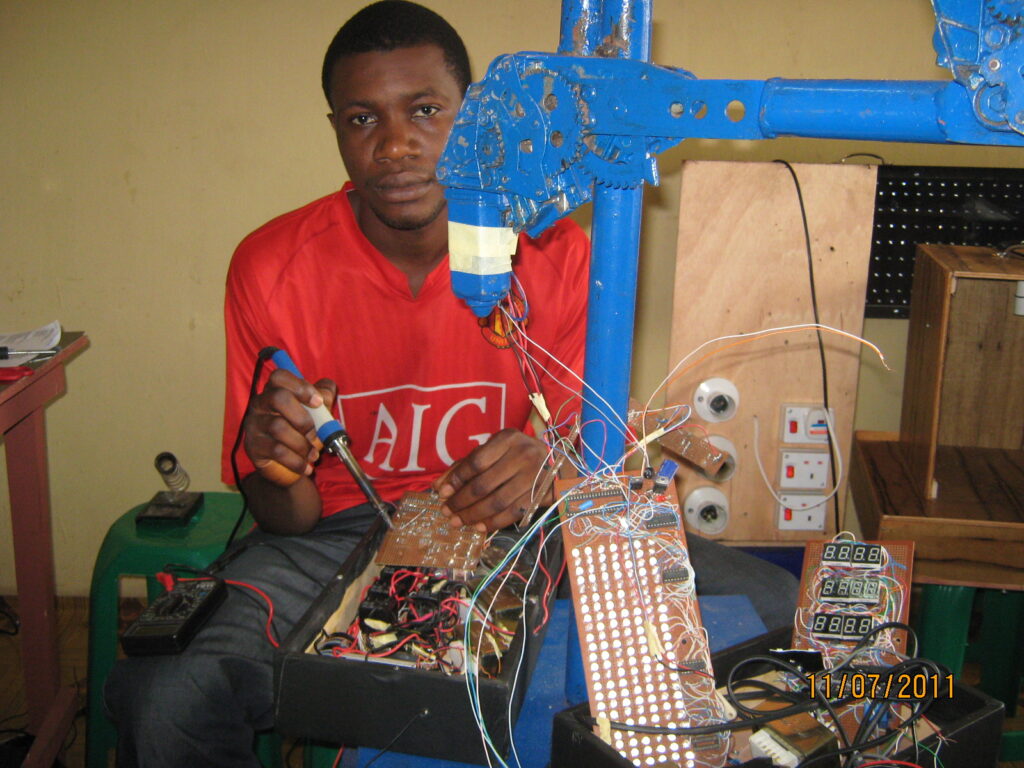
ROBOTIC ARM WITH MOBILE PHONE CONTROL SYSTEM

A. Project Overview: This project presents an intelligent Robotic Arm System controlled remotely via a mobile phone, integrating DTMF (Dual Tone Multi-Frequency) and Bluetooth wireless technology. It leverages embedded system design principles, where hardware, software, and electromechanical systems work together to achieve a specific automated function, object manipulation from a distance. The system offers precise control over the movement of the robotic arm to lift, drop, or position objects based on button-press signals sent from an ordinary mobile phone or smartphone.
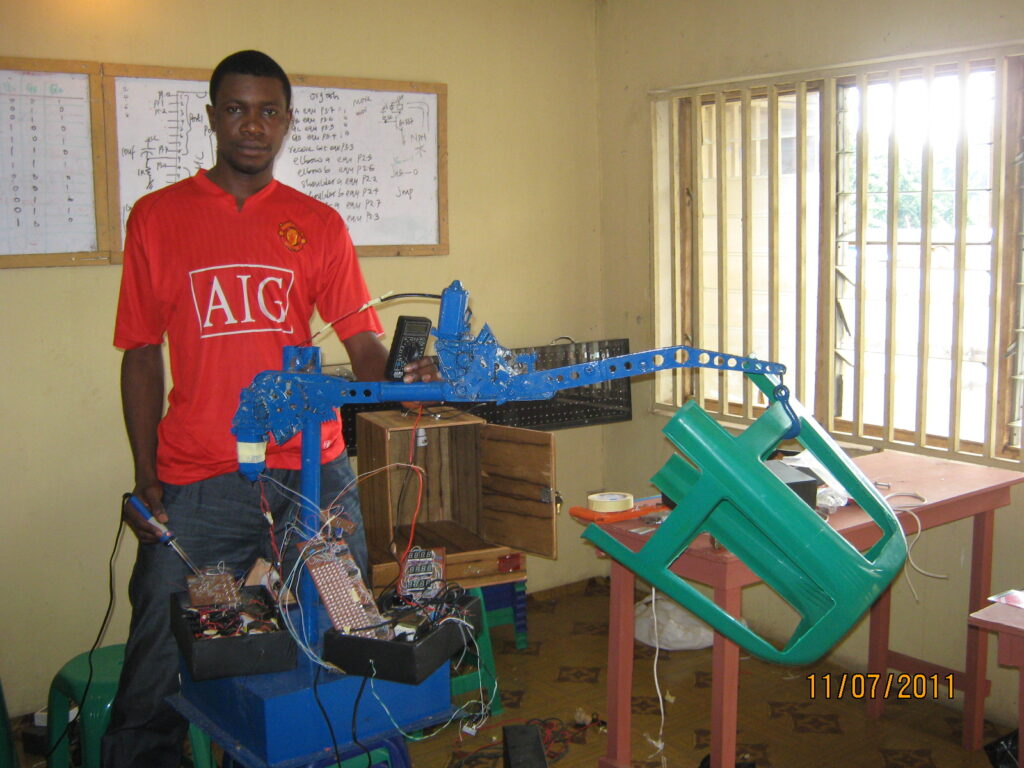
B. Core Hardware Components:
- AT89C51 Microcontroller (8051 Family):
- Serves as the central processing unit
- Interprets digital signals from the DTMF decoder or Bluetooth module and sends control signals to the motors
- DTMF Decoder (MT8870):
- Decodes tone signals generated by mobile keypads
- Converts dual-tone audio signals to 4-bit digital outputs (Q1–Q4)
- Bluetooth Module (HC-05/HC-06):
- Allows short-range wireless control via mobile phone
- Communicates serially with the microcontroller
- Motor Driver ICs (ULN2003 or L293D):
- Amplify microcontroller signals to drive stepper or DC motors
- Provide directional and enable control for multiple axes
- Stepper Motors / Servo Motors:
- Enable rotational and angular movement of robotic joints
- Control multiple degrees of freedom (DOF)
- Robotic Arm Assembly:
- Includes base, joints, elbow, wrist, and gripper mechanism
- Power Supply Unit (5V/12V regulated):
- Powers all electronics and electromechanical components safely
C. Key Features and Advantages:
- Dual Mode Control: Operable via both keypad phones and smartphones
- Wireless Operation: You don’t need wires or physical buttons to control the robot
- Precision Motion Control: Stepper motors offer accurate angular control
- Real-Time Interaction: Immediate response to user inputs
- User-Friendly: Accessible even with basic feature phones
- Low-Cost and Scalable: Suitable for academic, research, and industrial adaptation
D. Applications:
- Automation Training Labs
- Pick-and-Place Operations
- Remote Handling of Hazardous Materials
- Robotic Aids for Disabled People
- Smart Manufacturing Environments
- STEM Education and Robotic Kits
E. Future Enhancements:
- Integration with IoT platforms for remote control over the internet.
- Use of AI-based gesture or voice recognition for natural control.
- Implementation of camera vision for autonomous pick-and-place tasks.
- Upgrading microcontroller to ARM Cortex-based system for enhanced performance.
- Solar-powered version for mobility and sustainability.
F. Primary Sustainable Development Goals (SDGs) Addressed by the Project
1. SDG 9 – Industry, Innovation and Infrastructure
The project promotes innovation through the use of embedded systems, telecommunications, and robotics. It provides a scalable and accessible platform for industrial automation, academic research, and technological capacity building, especially in developing regions.
2. SDG 4 – Quality Education
By offering hands-on learning in robotics, electronics, and embedded systems, the project supports STEM education and skills development. It serves as a powerful teaching tool in schools, universities, and technical training centers.
3. SDG 8 – Decent Work and Economic Growth
The system fosters job-relevant skills in automation and mechatronics, preparing individuals for employment in the growing fields of robotics, smart manufacturing, and tech innovation.
5. SDG 11 – Sustainable Cities and Communities
Remote control of robotic systems can assist in public safety, waste handling, and emergency responses; especially in urban areas, contributing to smarter and more resilient communities.
G. Impact and Relevance This innovative project by Prince Nwankwo showcases how embedded systems can revolutionize automation and robotics through intuitive mobile-based control. By merging telecommunication, robotic articulation, and wireless technologies, the system provides a scalable platform for real-world robotic applications and hands-on learning in embedded automation.

